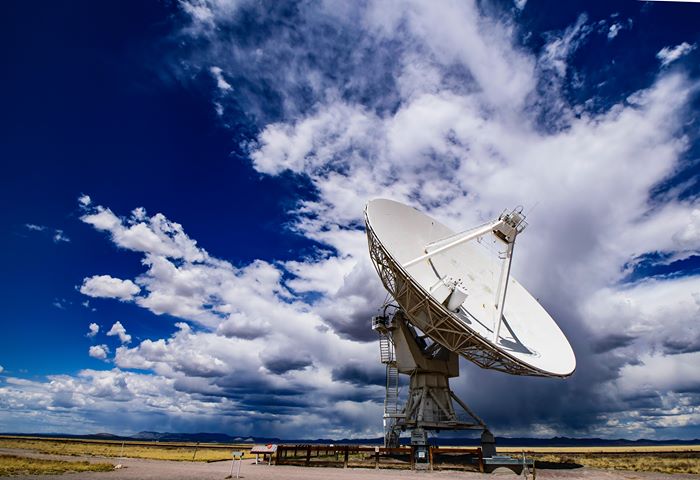SUN Bing, WU Chen-xi, RUAN Huai-lin, YE Wen-qiang, SU Bao-tong
Array sensors failure can significantly deteriorate the performance of direction of arrival (DOA) estimation. To address this problem, an algorithm via covariance matrix reconstruction is proposed. Firstly, we devise a diagnosis method to detect the failure sensors. Based on the robustness of the array, the sensor failure scenarios are divided into redundant sensor failures and non-redundant sensor failures. Then, the corresponding DOA estimation method is adopted for two failure scenarios. For redundant sensor failures, the virtual sensors of the difference coarray can be used to occupy the positions of the failed physical sensors by utilizing the array redundancy. For non-redundant sensor failures, the virtual sensors in the difference coarray will have holes. Employing the matrix completion theory, we use trace norm instead of the rank norm for convex relaxation to recover the matrix, thereby realizing the filling of the virtual sensor holes in the difference coarray and restoring the DOFs. Compared with the sparsity-based methods, the proposed method can eliminate the effect of the off-grid. Finally, the subspace method is employed for DOA estimation. Theoretical analysis and simulation results show that the proposed methods can alleviate the effect of array sensor failure and improve the estimation performance.
